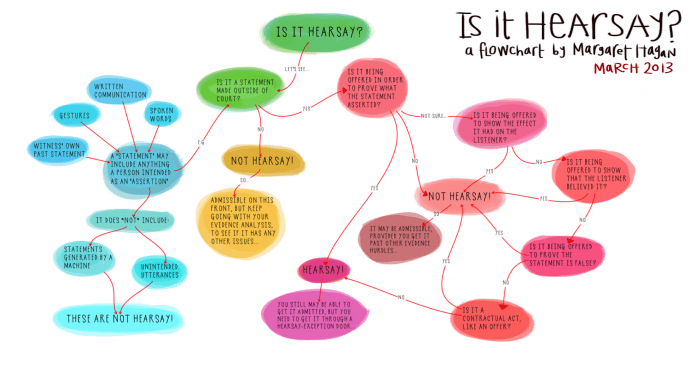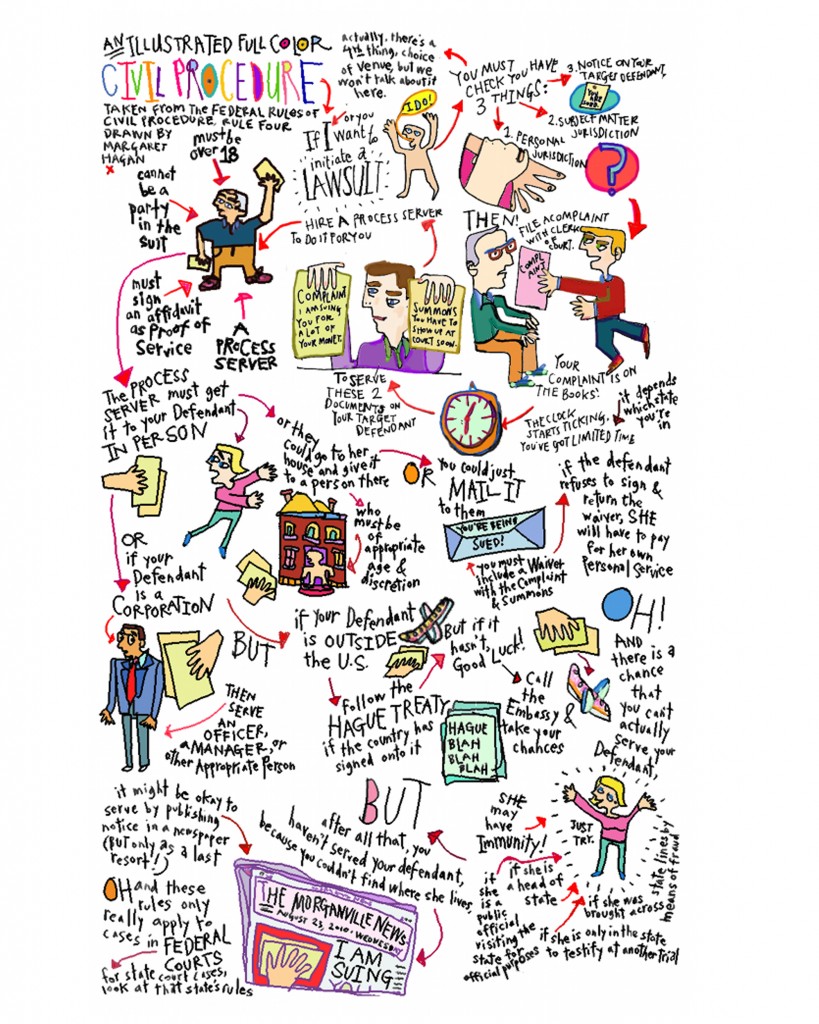During the Medicaid arguments in NFIB v. Sebelius, Justice Scalia famously analogized the Medicaid expansion to the Jack Benny bit: a mugger makes a demand: “Your money or your life!” Benny pauses. The mugger asks, what’s the holdup. Benny replies, I’m thinking about it!
It turns out, some people in NYC are not taking the choice between their money and their life so lightly.
The first armed robbery attempt was in October, on a residential Bronx block near an elevated train stop. The victim fought back. He was shot in the leg.
The next came a month later and roughly a mile away. Once again, the victim resisted and was shot.
After the third robbery attempt, in February, two distinct patterns became apparent. The police suspected a single group was to blame, a group that cruised in cars and attacked lone men at night. But a more unusual pattern was seen among the three victims: when faced with a gun and a straightforward proposition — your money or your life — they had opted to take their chances with their lives.
“Being held at gunpoint, for some people, is not that scary,” said Brian Melford, 21, a Bronx youth activist and student at John Jay College of Criminal Justice. “Around here, people think they’re strong. They just say, ‘I’m not going to give it up.’ ”
In other words, their money is worth their life! Or more precisely, when not much money is to be had, it is worth fighting back:
Criminologists have for decades studied the responses of victims to violent crime. Robberies in particular became a topic of scholarly research in the 1980s and 1990s, as random street crime spread through urban areas, with those studies mostly confirming the obvious: if you resist a robber, you are more likely to get hurt or, possibly, killed.
“From any perspective of rationality, the thing to do with a robber is to cooperate politely,” said Franklin E. Zimring, a criminologist at Berkeley Law School. But, he added, both robbers and recalcitrant victims have never been the most rational actors.
“You don’t have much money on you; it’s nuts for the victim to refuse,” he said. “Here’s the second layer of nuts: You’ve got a rational robber. If the victim refuses, why doesn’t he just find somebody else?”
Though, YOLO:
Others expressed shock that anyone would think to tangle with an armed robber in defense of a little bit of pocket lucre.
“You only live once,” said Omar Dailey, 35, while cutting the hair of a local tailor at a Bronxwood Avenue barbershop near the site of one of the shootings. “I’m giving up everything. What you want?”


